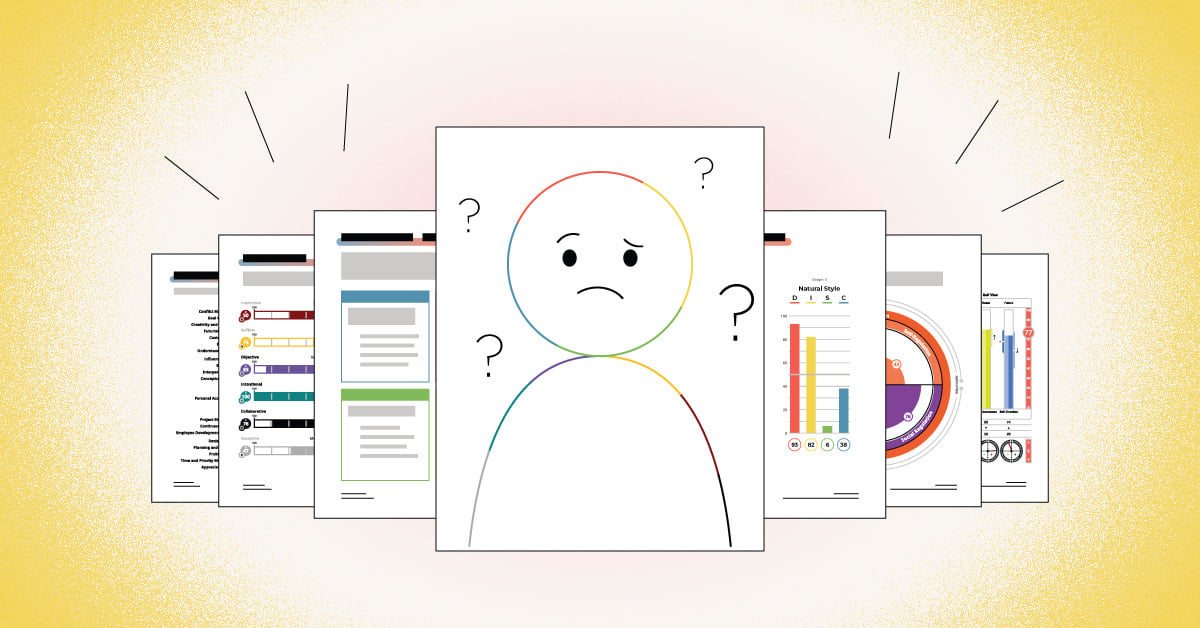
Axiology is the study of values. Stated more simply, it is the study of how we make judgments about good and bad. While axiology may be the technical name, the concept is often referred to as a person’s “acumen.”
I discovered the concept of measuring an individual’s acumen capacities through David Mefford, PhD, a strong proponent of Formal Axiology, in August 2004. David was a protégé’ of Robert Hartman, the founder of the Hartman Value Profile and the occupant of the Chair of Excellence in the Philosophy Department at the University of Tennessee until his passing in 1973. What I learned through Dr. Dave strongly influenced my work and impacts a great detail of what I do today at Price Associates.
Understanding acumen capacities
Acumen capacities provide a pathway to better understand our internal operating system through a combination of logic and bias. Logic speaks to our objective, analytical, non-emotional thinking while bias explains the emotional conditioning (or memory) that impacts our decision-making processes.
An example of this interplay between logic and bias can be seen in our immediate thoughts when seeing a dog for the first time. One person will immediately assume the dog is friendly based on an objective understanding of canine instincts and a positive bias that emanates from past experiences. Another person might assume caution due to a different opinion about canine instincts along with one or more past experiences with dogs that were not friendly; maybe even violent. This interplay between logic and bias is imprinted in each of us subconsciously, both from genetics (nature) and experiences (nurture). It is rarely visible to us without deep self-reflection and/or through the use of self-assessing instruments.
It is interesting to measure how individuals make snap judgments around degrees of good and bad, and the implications of these insights into leadership effectiveness. Through the Hartman Value Profile, Robert Hartman believed we could identify recurring patterns of thought in how leaders evaluate people, practical situations and underlying concepts or structures. He also believed we could gain fresh understanding about how individuals see themselves in their own individual uniqueness, their relationships to various roles and their perceptions of future potential. His instrument (axiology) provides clarity (logic) measurements, as well as bias (emotional) measurements in three distinct dimensions of our world view and three more dimensions of our self view.
Revealing acumen’s potential in the management consulting industry
For fourteen years, we have used and learned from a version of the Hartman Value Profile called the Capacities Index Report, provided by TTI Success Insights. This report has helped us in selection work, executive coaching and building high performing teams. Among many benefits, I believe there are five significant reasons this model has been so impactful for us in our work.
- Understanding and measuring acumen capacities provides us with a precise picture of the relationship between logic and bias in the judgment patterns of an individual.
Neuroscientists now believe that most, if not all, decisions begin in the subconscious part of our brain. Our conscious mind has the ability to override or change these initial inclinations, but it rarely does. Knowing the average middle manager makes up to 1,000 organizational decisions every day, it stands to reason we don’t have time to carefully analyze and change more than a handful of judgments.
One example of the relationship between logic and bias may be the story of two sales people. One salesperson approaches each customer with trust and a natural optimism and, therefore, does everything possible to accommodate the customer’s requests. Another salesperson may approach the same customer with a natural skepticism that results in a more cautious approach, assuming the customer may seek to take unfair advantage in the pursuit of their objectives.
The customer in this scenario could also represent either the optimistic or skeptical mentality, further complicating the interactions that will take place. In the best of circumstances, both the salesperson and the customer will rely on logic to gain a beneficial outcome. However, it has been my experience that bias plays a profound role in the nature of the selling/buying relationship, both relationally and in the pursuit of a desirable transaction. The measurement of this relationship between logic and bias offers many opportunities to shape and improve decisions and relationships in the sales process, but also far beyond.
- Measuring acumen capacities reveals many nuanced opportunities for continuous growth and professional development.
Often times, the difference between strong performance and top performance is a matter of identifying subtle hindrances to increased success. Earl Nightingale authored a famous, spoken-word record in 1957 entitled, “The Strangest Secret,” the first of its kind to achieve gold record status. He proposed that this secret to success was that “we become what we think about all day long.” Since then, many human performance psychologists have reaffirmed his conviction about the creative power of our thoughts, conditioning us either for success or failure.
Measuring acumen capacities adds 21st century wisdom to Nightingale’s axiom and assists us in understanding our perceptions of the world around us and ourselves as unique human beings. We have used a deeper awareness of acumen capacities to open up new avenues of professional growth and personal fulfillment to hundreds of our clients.
These insights have also had a continuing and meaningful impact on my own personal growth. Learning acumen capacities has increased my self-awareness, self-direction, role clarity and interpersonal skills, to name just a few of the benefits.
- Acumen capacities provide a clearer understanding of how people solve problems.
A main proponent of leadership is solving problems. The more challenging the problem, the more important it is for us to understand the relationship between logic and bias. Acumen capacities bring fresh insights into solving people problems, practical problems or theoretical problems. Using acumen capacities, we have been successful helping leaders recognize how their bias of overvaluing or undervaluing a person, situation, or belief has helped or hindered achieving lasting solutions.
- One of the great benefits we have received from measuring acumen capacities has been a clearer picture of how people view and navigate their unique circumstances.
We regularly have meaningful discussions with clients about how they perceive and interact with the systems and structures of their organizations. We have also been able to help leaders interact more successfully with the needs and opportunities facing them in our fast-moving environments. Very importantly, acumen capacities have provided us with a framework to explore relationships and how our ingrained biases impact these relationships, whether in nuanced or more substantial ways.
Just as acumen capacities have helped us understand our world view, they have also provided a framework for developing a more substantive, helpful understanding of how we view ourselves. From how we see our own uniqueness and individuality, to our mental constructs of our roles and future potential, acumen capacities have provided wonderful insights into self- awareness and growth opportunities.
- Finally, acumen capacities have been a powerful way for us to become more successful in helping our clients make decisions around hiring, promotions and succession planning.
When assisting a client in the hiring process, we have often identified nuanced traits in candidates that would not have been visible in any other manner. We have also been successful in significantly improving and customizing interview questions to draw out the future potential and possible challenges with candidates and employees based on their acumen capacities.
Conclusion
Understanding and measuring acumen capacities has been one of the most rewarding and impactful practices of our work with leaders. Our aim is to help leaders grow professionally, economically and personally. I’m sure there is still much for us to discover regarding the interplay between logic and bias that is a part of all our thinking.
Understanding the power that acumen has in the daily thoughts and actions of individuals can be very powerful. Leveraging the value of acumen through the science of axiology has impacted the very foundation of the business we have built.


